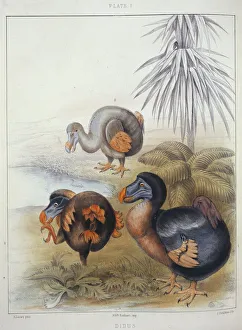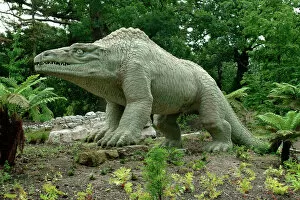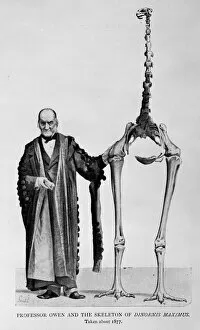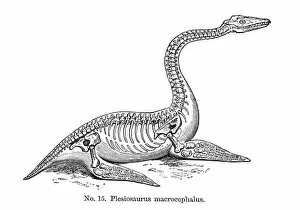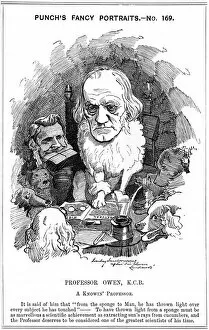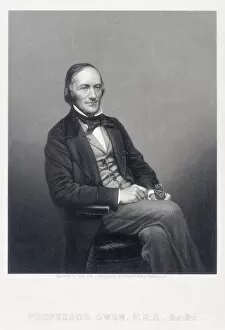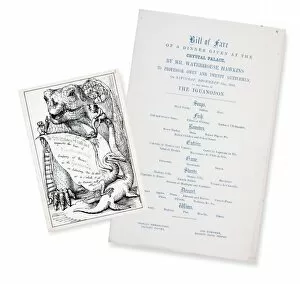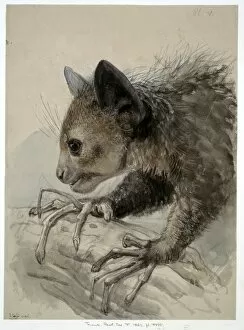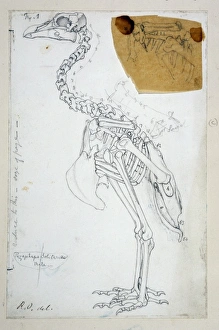1804 1892 Collection
"1804-1892: A Legacy of Scientific Discoveries and Controversy" In the 19th century
All Professionally Made to Order for Quick Shipping
"1804-1892: A Legacy of Scientific Discoveries and Controversy" In the 19th century, a remarkable figure emerged in the field of natural history - Sir Richard Owen (1804-1892). Known for his significant contributions to paleontology and zoology, he left an indelible mark on scientific knowledge. One of Owen's notable achievements was his involvement in the creation of Crystal Palace Dinosaur Models. These life-sized replicas showcased prehistoric creatures like Plesiosaurus macrocephalus, captivating audiences with their awe-inspiring presence. Beyond his work with dinosaur models, Owen made groundbreaking discoveries in anatomy. He famously coined the term "Dinosaur, " meaning "terrible lizard, " which revolutionized our understanding of ancient reptiles. His research extended beyond dinosaurs as well; he studied fascinating creatures such as Raphus cucullatus, commonly known as the dodo. However, it wasn't just scientific breakthroughs that defined Owen's career. As a British naturalist and anatomist, he engaged in intellectual debates that shaped scientific discourse during his time. Notably, he became an opponent of Charles Darwin and his theory of evolution. Despite disagreements with Darwin's ideas, Owen's contributions to science cannot be overlooked. At the age of 52, this English zoologist continued to make significant strides in unraveling nature's mysteries. Owen's legacy endures today through his extensive body of work and influential writings. His dedication to studying animals' structure and function laid the foundation for modern comparative anatomy. As we reflect on Sir Richard Owen (1804-1892), we recognize him not only as a brilliant scientist but also as a complex figure who challenged prevailing theories while leaving an undeniable impact on our understanding of Earth's past inhabitants.

